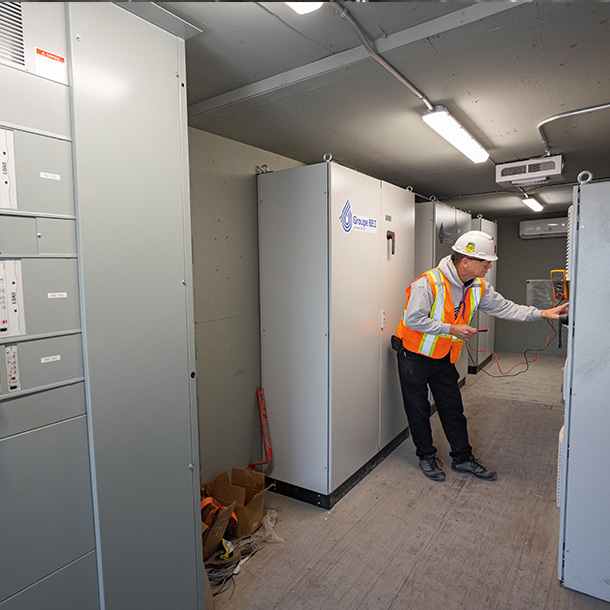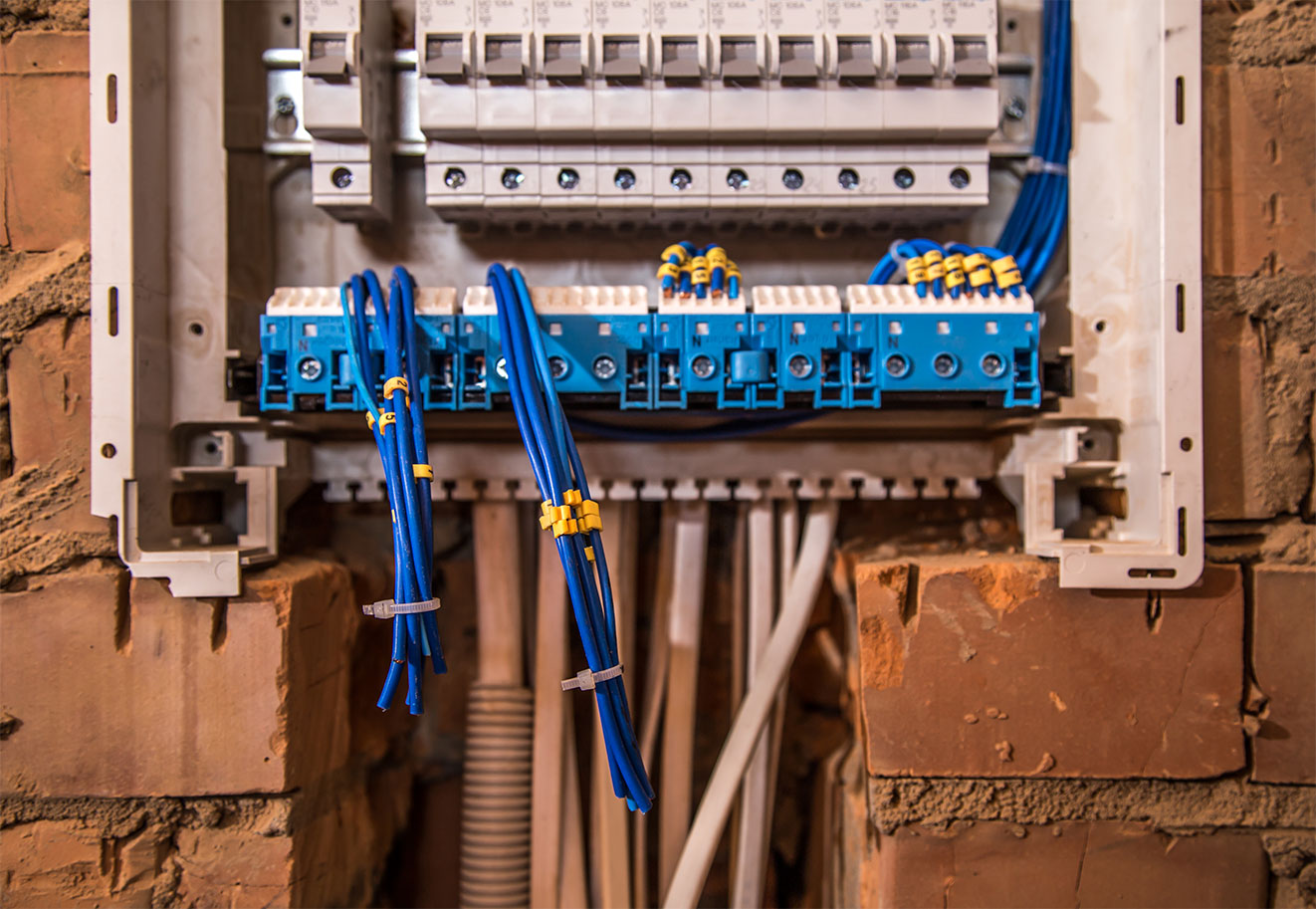When managing energy in an industrial or commercial building, you may have heard the term «power factor» without knowing exactly how it affects you. Yet it’s a key indicator—often overlooked—that can significantly influence your electricity bills. In this article, we’ll explain what power factor means, why it becomes an issue, and how to fix it efficiently.
Understanding Power Factor
Power factor (cos φ) is a ratio. It compares active power—the energy you actually use—to apparent power, which is the total energy flowing through your system. Power factor ranges from 0 to 1. A power factor of 1 means every bit of supplied energy is being used efficiently. A low power factor, on the other hand, means your system draws more energy than necessary to do the same work.
In short, the lower your power factor, the more energy you waste—and the more you pay for it.
What Causes Poor Power Factor?
Inductive loads like motors, transformers, compressors, and certain fluorescent lighting systems often cause low power factor. These devices create a phase shift between voltage and current, generating what's known as reactive power. While this energy circulates in the system, it doesn’t produce any useful work. Instead, it burdens your electrical infrastructure and reduces efficiency.
Modern equipment, such as industrial LED lighting with built-in correction, properly configured variable frequency drives, and electronics with power factor correction (PFC), can help bring your power factor closer to 1. Choosing efficient equipment or adding correction devices (such as capacitor banks) can cut energy waste and help avoid extra costs.
The Three Types of Power: Active, Reactive, and Apparent
-
Active Power (kW): The useful energy that gets converted into work (light, heat, motion).
-
Reactive Power (kVAR): Energy lost due to inductive effects.
-
Apparent Power (kVA): The combined total of active and reactive power.
Your utility provider must handle the apparent power. If they detect a low power factor, they may apply extra charges to your bill.
How a Low Power Factor Increases Your Energy Costs
Power factors below 0.9 often trigger utility penalties in Canada. These penalties typically include
-
Additional fees on your electricity bill
-
Oversized infrastructure (transformers, cables)
-
Equipment overheating and unnecessary energy loss
How to Monitor Your Power Factor
You can monitor your power factor with energy meters or power correction systems. Advanced network analyzers monitor voltage, current, and harmonic distortion in real time.
Harmonics—noise generated by modern electronics—degrade power quality and lower the power factor. Monitoring them helps improve overall performance.
Proven Methods to Improve Your Power Factor
Fortunately, several proven methods can help you correct a poor power factor:
1. Install a capacitor bank.
This is the most common solution. Capacitors neutralize the reactive power created by inductive loads. Installing them in parallel with your system stabilizes current and boosts efficiency.
2. Balance the Loads
Balancing the phases in a three-phase system prevents unnecessary overload. It can also improve your power factor without the need for costly upgrades.
3. Reduce Harmonics
Passive or active filters reduce harmonic distortion. This improves power quality and lowers the stress on your equipment.
4. Upgrade Old Equipment
Outdated motors or transformers often waste energy. Replacing them with high-efficiency models reduces both reactive power and overall consumption.
The Benefits of Improving Your Power Factor
Fixing power factor isn’t just a technical task—it’s a smart business decision. Here’s what you stand to gain:
-
Lower electricity bills
-
Longer equipment lifespan
-
Better compliance with Hydro-Québec or other utility standards
-
Stronger brand reputation through energy efficiency
Compelling Numbers
-
A business with a 0.7 power factor may experience up to 30% more load on its electrical lines.
-
Correcting power factor to 0.95 can cut apparent power by 15–20%.
-
Most power factor correction projects deliver ROI within 12 to 24 months, depending on system size.
What We Can Do for You
At Groupe BEI, we work with businesses to assess their needs and implement effective power factor solutions. We combine cutting-edge measurement tools with tailored solutions.
Whether you're a technical director, engineer, or energy manager, we’re here to help you make informed decisions.
In conclusion, understanding the power factor isn’t just theory—it directly affects your costs, efficiency, and system reliability. Don’t wait for Hydro-Québec to penalize you. Take control now.
Contact us today for a personalized consultation.







